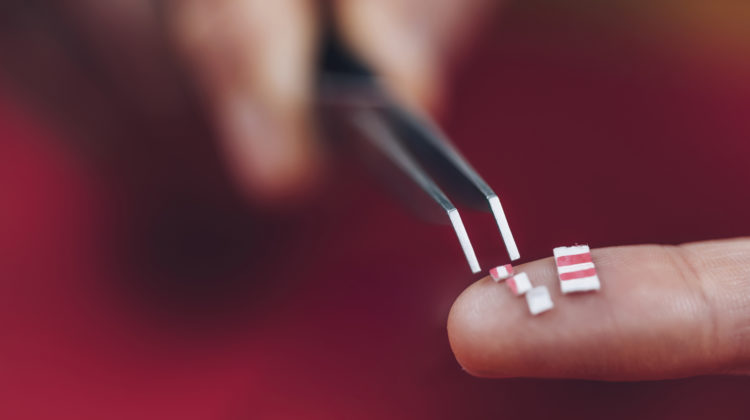
Bicycle Day, April 19th, is upon us! This is not to be mistaken with World Bicycle Day, which celebrates the familiar two-wheeled vehicles. Bicycle Day, as psychedelic enthusiasts know, commemorates the day that Albert Hofmann first took a trip from lysergic acid diethylamide (LSD). In 1943, due to automobile restrictions during World War II, he experienced its effects while riding on a bicycle.
LSD is a type of psychedelic synthesized from ergot, a type of fungus that commonly grows on rye or other grains. It is also classified as an empathogen, giving rise to feelings of connectedness. In a pure form, LSD appears as a white crystal.
According to the Alcohol and Drug Foundation (ADF), users of LSD usually dilute it by using gelatin sheets, blotting paper, or sugar cubes since even small doses remain quite potent. Taking small doses changes one’s mood and thoughts while larger doses bring visual hallucinations. “Bad trips” can also occur by taking LSD, causing more disturbing effects or risk-prone behavior.
LSD’s Making and History
LSD’s history starts with Albert Hoffman, a Swiss chemist working with Sandoz Laboratories in Basel. While ergot is toxic and caused convulsions, its properties also include stopping bleeding and speeding up childbirth in small doses. In his research, Hoffman combined the active ingredient, lysergic acid, with other organic compounds for potential medical use. While trying to treat respiratory and circulatory problems, he made the psychedelic though he did not know it. At the time, lab results on animals only caused them to be excited. Years later, he would discover its hallucinogenic effects after accidentally absorbing LSD through his skin.
Hoffman’s discovery would spark intensive research into LSD and its properties. As one article by History recounts, during the 1950s, the Central Intelligence Agency (CIA) experimented with LSD in hopes of weaponizing it in the Cold War. The program, Project MK-Ultra, focused on forms of mind control, such as hypnosis and shock therapy. Government tests of LSD were, eventually, discontinued due to its varying effects. However, interest in LSD continued to grow. Ken Kensey, a participant in the Project MK-Ultra, led parties or “Acid Tests” in the Bay Area, using LSD.
Research on LSD
Scientists are still discovering potential uses of LSD, besides recreational ones. The Multidisciplinary Association for Psychedelic Studies (MAPS) had conducted a 2014 study on LSD’s therapeutic effects. In the clinical trials, researchers gave 12 participants with life-threatening illnesses LSD during two therapy sessions for their anxiety. In the sessions, participants received 20 to 200 micrograms of LSD. After a follow-up 12 months later, patients reported no negative side-effects and lasting anxiety reduction after the therapy.
LSD has also been found to affect alcohol use disorders (AUD). One survey from the Journal of Psychopharmacology examined the effects of psychedelics on alcohol consumption. The participants of the survey had, on average, seven years of alcohol abuse before taking psychedelics, such as LSD and psilocybin. Of the 343 respondents, 83% of those who took LSD no longer qualify for AUD criteria.
Current Legislation
According to Filter Mag, California lawmakers have recently discussed passing Senate Bill 519. If passed, this bill would decriminalize personal possession of small amounts of seven psychedelic substances, one of which is LSD, for adults. Meanwhile, Oregon had previously passed a similar decriminalization bill in 2020.
Since Alfred Hoffman’s first trip with LSD, LSD has found less stigma as researchers discovered more of its potential applications. Being able to celebrate Bicycle Day today shows the psychedelic community’s effort to legalize LSD.


Leave a Reply